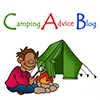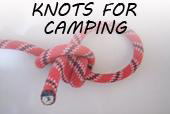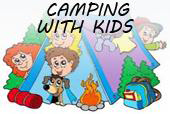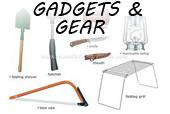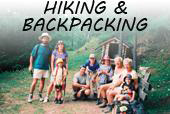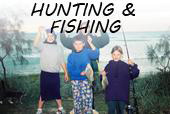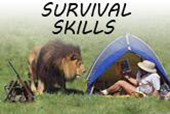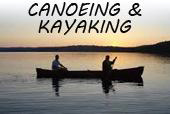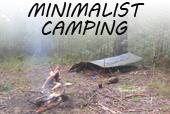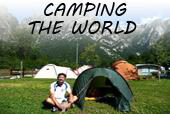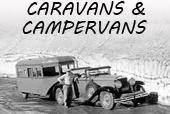National parks and family vacations just seem to go hand in hand. In fact, most people over the age of 35 have at least one fond childhood memory of a national park family vacation. Today, many parents long to recreate that magical childhood vacation experience with their own children; but at the same time they worry about appropriate access. Are our national parks really wheelchair-accessible? The answer is a qualified “yes.” Access varies from park to park, so advance planning is a must; however, generally speaking most national parks are a great choice for accessible and affordable family fun.
Finding appropriate accessible lodging is a prime concern for many national park visitors. Camping is the traditional way to enjoy a national park, and some national parks have accessible campsites. Most often, “accessible,” means the campground has a level campsite, accessible parking and an accessible bathroom. Some national parks go a bit further and have specialty campsites. For example, Rocky Mountain National Park offers accessible back country camping at the Handicamp at Sprague Lake.
/>Some national parks also have lodges or hotels within the park. Although these facilities are required to be accessible under Section 504 of the Rehabilitation Act of 1973, accessible rooms are often limited and difficult to reserve. Sometimes the best option is to look for accessible lodging close to a national park. On the plus side, lodging located just outside of national parks is usually cheaper than the in-park choices.
Accessible facilities and trails vary from park to park, but most parks offer at least an accessible visitors center. Many parks also offer accessible interpretive trails near the visitors center. Some parks, like the Everglades go a bit further. Although this park is composed largely of swamp and marsh areas, there are a number accessible boardwalk trails throughout the Everglades, including the Anhinga Trail. This half-mile boardwalk winds through sawgrass pines and is home to a wealth of bird life. It’s also a great place to get an up-close-and-personal look at the resident alligators.
Over in Yosemite National Park, the newest access upgrade was unveiled in April 2005 — the culmination of the massive ten-year $13.5 million Yosemite Falls Restoration Project. Designed by the same landscape architect who worked on the FDR Memorial in Washington DC, the project includes a new 3/4-mile paved trail to the bridge at lower Yosemite Falls. The gentle grade allows for wheelchair-access and the wide trail has many pull outs, resting spots and benches along the way. Indeed, for the first time there is barrier-free access to the base of Yosemite Falls.
Crater Lake National Park has varied accessibility; and the wheelchair-accessible Rim Village Trail and Watchman Overlook provide stunning views of the lake. And over in the Great Smoky Mountains National Park, visitors can walk or roll along the Cades Cove Loop on Wednesday and Saturday mornings from May until September. During this time, this 11 mile loop is closed to automobile traffic; and it’s one of the most scenic trails in the park. And Although the natural entrance to Carlsbad Caverns is not accessible, visitors can reach the Big Room by elevator. This huge cavern has spectacular rock formations, and a large section of it is wheelchair-accessible
No matter which national park you choose to visit, advance research is a must. The best place to start is on the National Park Service website (which is NPS dot gov). Some parks have access information listed, while others only have contact phone numbers. Sometimes you just have to pick up the phone and talk directly with a park employee to find out about access.
Park rangers can also be a good source of access information. For example, even though I’ve frequented Yosemite National Park for over 40 years, last year a park ranger clued me in about the access at Washburn Point. Located just a half mile below Glacier Point, Washburn Point is nicely accessible, has spectacular views and is less crowded than nearby Glacier Point. The ranger was well-versed in access issues because his sister is a wheelchair-user. Remember, it never hurts to ask about access. You might just be surprised by the answers you get.
Finally, don’t forget about the America the Beautiful Access Pass, which you can find at the NPS website, it’s a lifetime pass for free admission to all national parks, monuments, historic sites, recreation areas and wildlife refuges. This money saving pass is available free to any US resident with a permanent disability, and it can be obtained at any National Park entrance. Don’t leave home without your America the Beautiful Access Pass.
